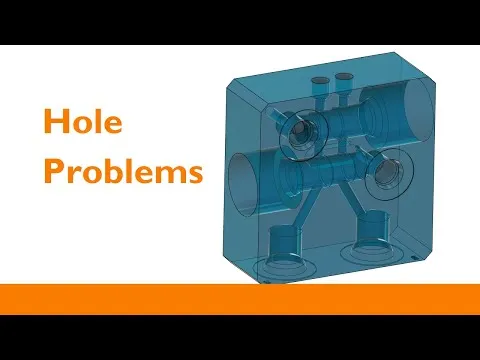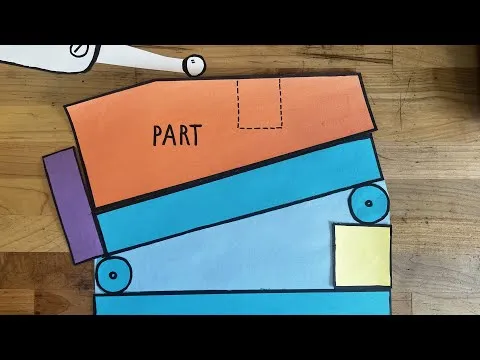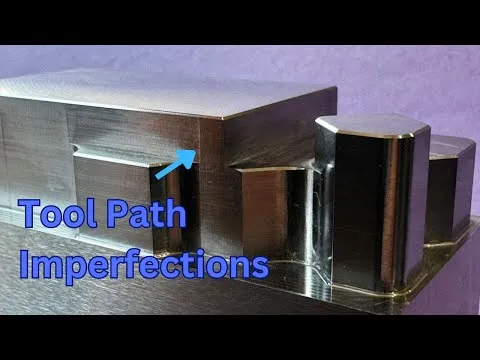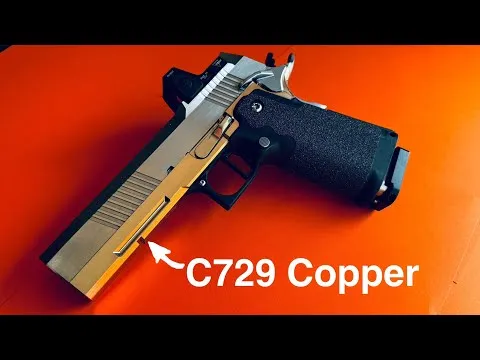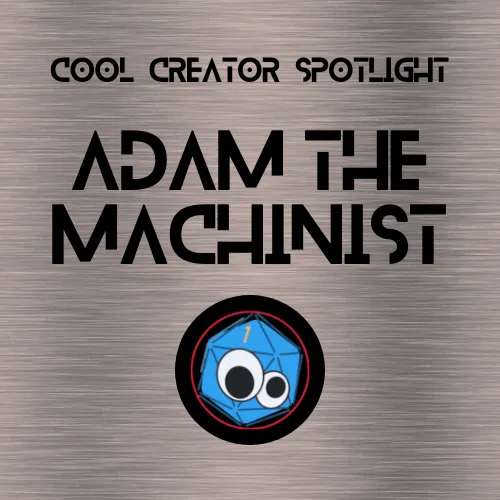
When I took my drafting and design classes, I took an intro to CNC machining class as part of the mechanical program because the school placed an emphasis on designing for manufacturing, which requires at least some basic knowledge of how things are made.
- What are the standard units for materials from suppliers?
- What is the difference between nominal and actual measurements for stock?
- What does the manufacturing process require?
- What considerations and allowances do those processes require?
- Can the design be changed to reduce material costs and setup time?
My experience is here in the U.S. of A. where we still stubbornly cling to Imperial units, but the concepts apply to the metric world, too. For those more familiar with construction, you likely know that in architecture, non-standard dimensions cost money. Sheathing comes in 4'x8' sheets, concrete blocks are 8"x8"x16", and studs/joists are usually 16" on center. Corners cost money, because every divergence from "box" adds labor, materials, and potentially waste. Similarly, in machining, remember what materials cost, why stock can vary, and how objects need to be made.
I recently discovered Adam the Machinist, a YouTube channel which covers a lot of basic design principles every designer, engineer, and inventor should keep in mind. I'm no machinist myself, but I know enough to avoid the worst pitfalls. Here's a way to get to that point yourself while learning a bit about how stuff is made, or even how to make stuff yourself.
Stock often needs to be surfaced on each face to remove imperfections in the raw material and establish good geometric datum points for locating subsequent features. As such, even if material is not smaller than the nominal dimension from the supplier, it will likely need to be made smaller as part of initial setup anyway. Machines also need somewhere to grip the part, so note his examples on that topic as well.
CAD programs also include lots of handy tools to add fillets (a radius at the corner between two surfaces, and pronounced FILL-et with a hard 't,' unlike a piece of fish) or chamfers (a beveled edge, most often at a 90° outside corner) which can be easily misused if you do not understand the purpose for these features or the tooling required to make them.
Curves can prevent "stress risers" where concentrated forces can create deformation or fractures. Depending on loads and how critical the part is, this can be as simple as "give it a radius and call it good" to "hire an engineer to provide lots of calculations." In short, the fillet tool has a purpose, but can be misused and make things absurdly expensive for no benefit, too.
Drilling and threading holes is a major part of machining. Not only are there issues with stress risers and clearances, but there are a lot of other considerations for the tooling required for a given feature here. A "blind hole" that only goes to a specified depth is usually more trouble than a "through hole" that goes, well, all the way through. Tapping a hole for threads is an extra machining operation and a potential failure point. In a blind hole, where do the chips go?
One of his older videos does a good job explaining how trigonometry principles can help solve for unknown dimensions and measure parts with mathematical principles. It might be a bit much if you aren't already acquainted with gage blocks and precision measurements, but he even shows how to plug his formula into spreadhseet software to use as a calculator.
The video above gives a great overview of tolerances, finish considerations, and problems of machining as it relates to bare metal.
For a more complete discussion of various issues in design and manufacturing within the limits of YouTube's arbitrary policies, Adam even discusses hobby gunsmithing as a machinist!
There aren't a lot of videos yet, but this channel looks like a great resource that will only get better over time if you're interested in CNC machining, CAD design, and basic production considerations. If you have any interest in mechanical design, it's worth learning some basic machining so you can avoid the most egregious mistakes that make your machinist hate you.

Wesley Treat
Techmoan
Rose Anvil
Tasting History
Dave McKeegan
Mentour Pilot
The Art of Manliness
Oceanliner Designs
Practical Engineering
Hyce



